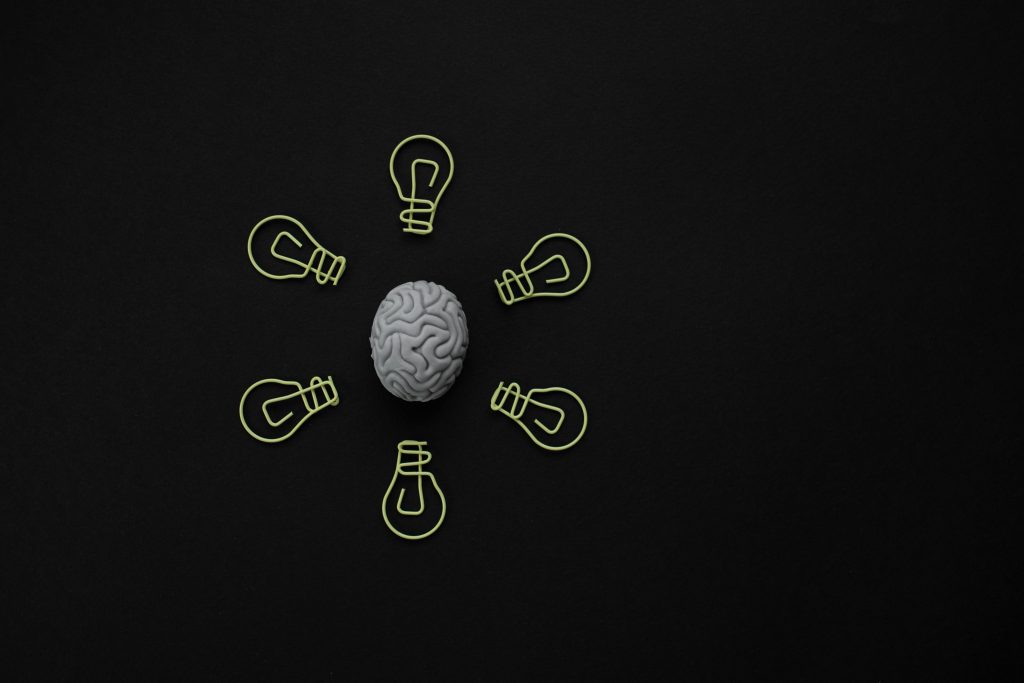Table of Contents
Artificial Intelligence (AI) has made significant strides in recent years, transforming industries, improving efficiencies, and enhancing our daily lives. However, the rapid advancement of AI has also sparked concerns and debates about its potential to take over the world. While AI is a powerful tool, understanding its capabilities, limitations, and the ethical considerations surrounding its development is crucial to assessing the likelihood of such a scenario.
The Current State of AI
AI technology has evolved from simple rule-based systems to complex machine learning models capable of tasks such as natural language processing, image recognition, and autonomous decision-making. AI applications are widespread, ranging from virtual assistants like Siri and Alexa to advanced systems in healthcare, finance, and transportation.
1. Machine Learning: Machine learning, a subset of AI, enables systems to learn from data and improve over time without explicit programming. This technology underpins many modern AI applications, including recommendation systems, fraud detection, and predictive analytics.
2. Natural Language Processing (NLP): NLP allows AI to understand, interpret, and generate human language. Applications like chatbots, language translation services, and sentiment analysis rely on NLP to interact with users and analyze text data.

3. Computer Vision: Computer vision enables AI systems to interpret and understand visual information from the world. This technology is crucial for applications like facial recognition, autonomous vehicles, and medical imaging analysis.
4. Autonomous Systems: AI-powered autonomous systems, such as self-driving cars and drones, demonstrate the potential for AI to perform complex tasks without human intervention. These systems rely on advanced algorithms to navigate and make real-time decisions.
The Potential for AI to Take Over
The idea of AI taking over the world often stems from portrayals in science fiction, where AI systems become sentient and surpass human intelligence, leading to a scenario known as the “singularity.” While this concept is intriguing, it is essential to consider the current state of AI and its limitations.
1. Lack of General Intelligence: Current AI systems are highly specialized and excel at specific tasks within narrow domains. They lack the general intelligence and flexibility of the human mind. For AI to take over the world, it would need to achieve Artificial General Intelligence (AGI), which remains a theoretical concept and a distant goal.
2. Ethical and Regulatory Constraints: The development and deployment of AI are subject to ethical considerations and regulatory oversight. Governments and organizations are increasingly aware of the potential risks associated with AI and are implementing measures to ensure its responsible use. These include guidelines for transparency, accountability, and fairness in AI systems.
3. Human Control and Oversight: AI systems are designed and controlled by humans. While AI can automate tasks and make decisions, it operates within parameters set by its creators. Ensuring human oversight and intervention mechanisms can prevent AI from acting autonomously in ways that could harm society.

4. Technical Limitations: Despite its advancements, AI technology has inherent limitations. AI systems require vast amounts of data to learn and are prone to biases present in the data. They also struggle with understanding context, common sense reasoning, and handling unexpected situations, which are crucial for decision-making in complex, real-world scenarios.
The Benefits and Risks of AI
While the prospect of AI taking over the world may be unlikely, it is essential to acknowledge both the benefits and risks associated with AI.
Benefits:
1. Improved Efficiency: AI can automate repetitive and mundane tasks, freeing up human resources for more creative and strategic activities. This can lead to increased productivity and cost savings across various industries.
2. Enhanced Decision-Making: AI can analyze vast amounts of data quickly and accurately, providing insights that inform better decision-making. In healthcare, for example, AI can assist in diagnosing diseases and recommending personalized treatment plans.
3. Innovation and Advancements: AI drives innovation by enabling new products, services, and business models. It has the potential to revolutionize fields such as education, transportation, and environmental sustainability.
Risks:
1. Job Displacement: The automation of tasks by AI could lead to job displacement in certain sectors. Addressing this requires policies and programs that support workforce reskilling and transition.
2. Privacy and Security Concerns: The widespread use of AI raises concerns about data privacy and security. Ensuring robust data protection measures is critical to maintaining public trust.
3. Ethical Considerations: AI systems can perpetuate biases and discrimination if not designed and implemented carefully. Ensuring fairness and accountability in AI is essential to prevent harm.

Conclusion
The notion of AI taking over the world remains speculative and is rooted more in science fiction than reality. While AI has the potential to significantly impact various aspects of our lives, its current capabilities are limited to specific tasks within narrow domains. By focusing on the responsible development and deployment of AI, addressing ethical concerns, and ensuring human oversight, we can harness the benefits of AI while mitigating potential risks. AI is a powerful tool that, when used wisely, can contribute to a better and more efficient world.
